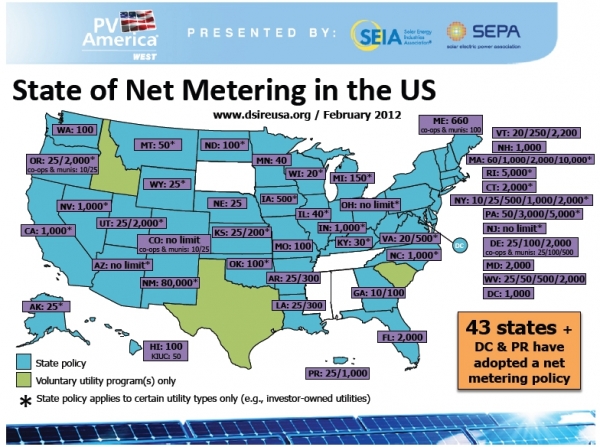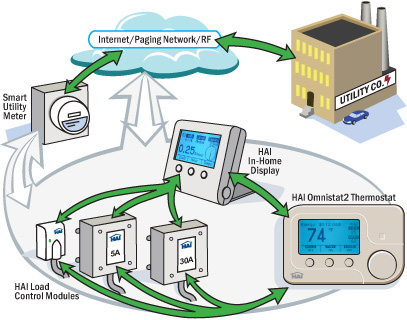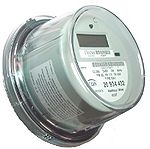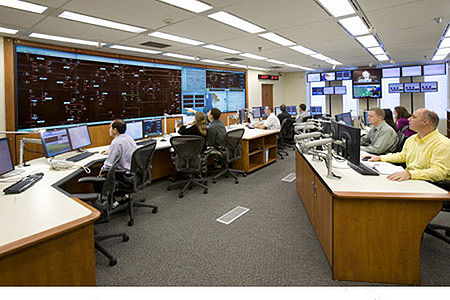The Smart Grid in Oregon: Difference between revisions
No edit summary |
(The Smart Grid) |
||
| Line 26: | Line 26: | ||
[http://www.smartgridoregon.org/ Smart Grid Oregon] is a trade association that promotes the smart grid industry and infrastructure in Oregon. | [http://www.smartgridoregon.org/ Smart Grid Oregon] is a trade association that promotes the smart grid industry and infrastructure in Oregon. | ||
>> '''NEXT: [[Solar Projects in Portland]]''' >> | |||
<< '''Back to: [[Green industry]]''' << | << '''Back to: [[Green industry]]''' << | ||
Revision as of 12:33, 15 April 2012

<< Back to: Green industry <<
Net metering allows the electric meter to run backwards. The electric utility will pay the home or business for any excess energy provided to their grid generated by solar panels or wind turbines.
Forty-three states have net metering policies but they vary dramatically between states. Wyoming's net metering limit is a paltry 25kW, Arizona has no limit while the California Public Utilities Commission has capped net meters to 5% of utility's peak demand. But what utilities won't do is pay customers the retail value for the energy exported to the grid.

The Smart Grid is an enhancement to the power grid that delivers electricity from suppliers to consumers using two-way communications to control appliances. When power is least expensive the user can allow the smart grid to turn on selected appliances. A Home Area Network ties into the "smart meter", using powerline or RF standards such as ZigBee, INSTEON, Zwave, WiFi and others.

The $178 million Pacific Northwest Smart Grid Demonstration Project is one of 16 regional smart grid demonstration awards announced by DOE in the fall of 2010. It contains key functions of the future smart grid. The project team will install equipment and technology now through mid-2012. Then, for about the next two years, project leaders will gather data on smart grid performance.

PGE’s new system is a two-way wireless fixed network. It features 46 collectors positioned throughout a 4,000-square-mile service territory. By September, 2010, PGE had rolled nearly 700,000 meters for automated reading. PGE's advanced metering infrastructure, was purchased from Sensus Metering.
According to Venture Beat, there's a battle of standards between companies such as SmartSynch, promoting public network communications, and those endorsing private networks, such as Trilliant and Silver Spring to connect the Smart meter to the power company. There's also a battle of standards to connect devices inside the home.
The Smart Grid Interoperability Panel, a public-private group, has voted for a new standard for two-way data communications between utilities and their customers, recently, bringing the next-generation "smart" electrical power grid a step closer to reality.

The Pacific Northwest National Laboratory, near Richland, will manage PGE's "Smart Meter" project at their Electricity Infrastructure Operation Center. A smart electrical power grid could decrease annual electric energy use and utility sector carbon emissions at least 12 percent by 2030, according to a report from PNNL.
Smart Grid Oregon is a trade association that promotes the smart grid industry and infrastructure in Oregon.
>> NEXT: Solar Projects in Portland >>
<< Back to: Green industry <<